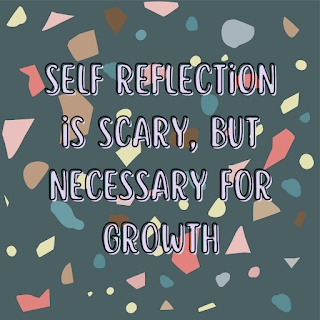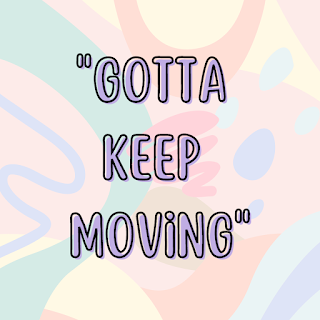Let's Reflect - Cognition Clinical Simulation
As part of the Neuro Aspects course that I am taking in OT school, I participated in a clinical simulation encounter today during which I administered a cognitive screening to a client, Mr. Harper, with a recent history of a stroke, who also tested positive COVID-19. Before I go into the details of the cognitive screening that I administered and my personal experience during the simulation, I will give a brief description of what cognition is as well as the role of OT in working with clients with cognitive disorders. Cognition can be described as the ability of an individual to remember, process, and interpret information in order to understand what is going on in the world around them. OT's work with clients with cognitive disorders in order to determine the difficulties they are experiencing in their every day lives due to their cognitive impairment and provide skills and recommendations on how to complete daily activities more independently.
For this simulation, I administered The Saint Louis University Mental Status (SLUMS) assessment as an initial tool to determine the level of cognitive impairment of Mr. Harper following a recent history of stroke and COVID-19. This assessment uses a 30-point scale for scoring, on which Mr. Harper scored a 21. This score classifies Mr. Harper as having a mild cognitive impairment; which means that it would be typical to see a new decline in memory, language skills, learning, and attention. Therefore, someone with a score of 21 might show difficulties remembering appointments or where they placed objects around the home. They could also show difficulties with paying attention for long periods of time, as well as losing their train of thought or following along in conversations with others. As I watched my simulation encounter back, I feel that my explanation of OT was on a level that Mr. Harper could understand, but I could have presented it in a way that was more appealing to him and that told him a little more about the profession. I feel that based on my elevator speech, Mr. Henshaw was able to get a glimpse of what OT was, but may not fully understand what it is that we do as OTs.
Going into this simulation, I wanted to ensure that I was speaking slow and clear because I have tendency to talk fast and mush a lot of my words together. I feel that I did a good job at articulating and making sure that I was not talking too fast. I also noticed that he was drowsy and he expressed that he was tired, so I made sure to make eye contact and watch his body language to ensure that he was engaged and following what I was saying. I also feel that I did a good job thinking on my feet and including a bit a humor and normal conversation in during the assessment questions to make Mr. Harper feel mor comfortable and myself more relatable. If I were given the opportunity to re-do this simulation encounter, I would sanitize my hands going in and out of the room, express my elevator speech differently, have better knowledge of when and when not to repeat certain aspects of the assessment, and take more time at the beginning before starting the assessment to get to know Mr. Harper and build up some repour with him from the start. My biggest take away from this experience was to be more confident in my abilities during the preparation and beginning of the experience because I surprised myself on how well it went. I also noticed that the more familiar you are with the assessment, the more natural it will feel when administering it. Going forward, my goal is to become comfortable enough to administer assessments with ease in order to make clients feel more comfortable.



Comments
Post a Comment